It’s been several years since I’ve darkened a Post Office’s doors (really) and apart from some things remaining resolutely unchanged, such as the chap in front of me not having the right documents, one thing really did make me draw a sharp intake of breath.
The eyewatering price of stamps.
For ages now I’ve just carried a series of self-adhesive ones with “1st” on them, never even bothering to check the price.
So I was genuinely surprised to find the cost of first-class stamps had shot up to 95p while even their humble second-class cousins were now a dizzying 68p.
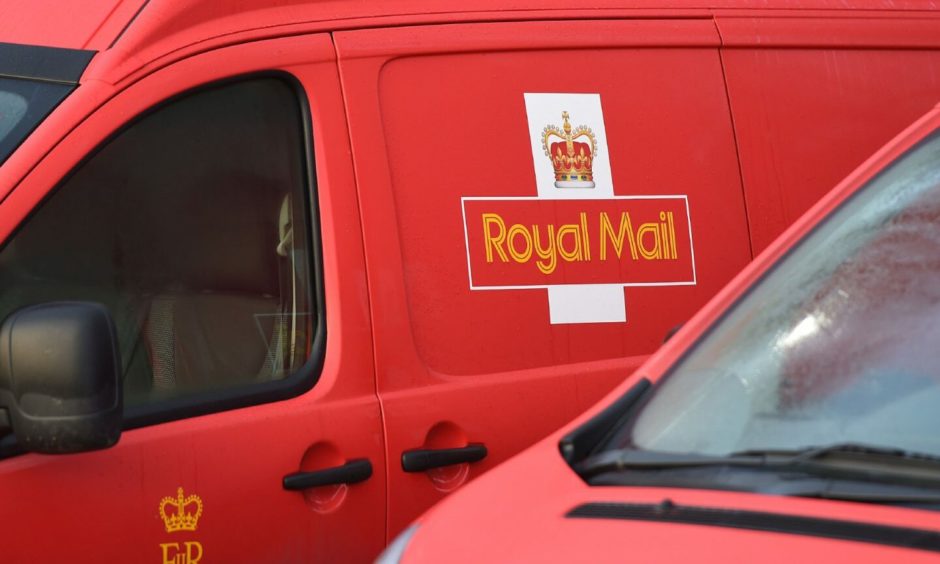
So at such a cost – books of them only come in eight-stamp offerings – how much bang are you getting for your first-class buck and could you save a few pennies in these straitened times by opting to go second?
We decided to put it to the test and posted ten letters – five first and five second-class from Inverness and Aberdeen to various locations around Scotland and one down to the Press and Journal’s parent company in Fleet Street, London.
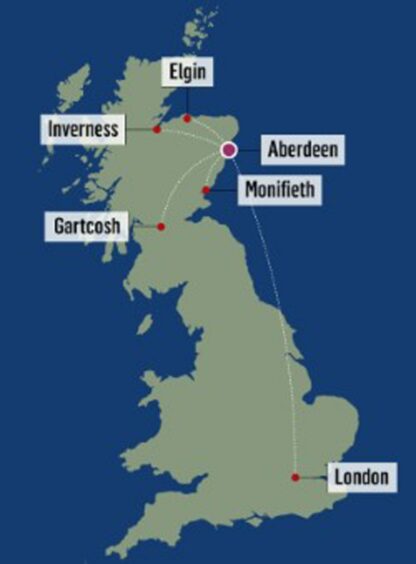
All letters were put in one post box in Aberdeen and one in Inverness at midday on August 11 and we sat back until the results rolled in.
And here they are:
Monifieth: First-class from Inverness and Aberdeen – arrived August 12.
Monifieth: Second-class from Aberdeen arrived August 12. Second-class from Inverness arrived August 13.
Gartcosh: First class from Inverness and Aberdeen arrived August 12.
Gartcosh: First and second-class arrived August 13.
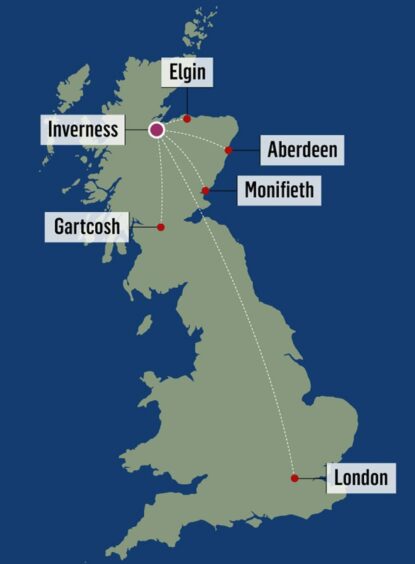
Aberdeen: First-class from Inverness arrived August 13 and second-class from Inverness arrived August 16.
Inverness: First-class from Aberdeen arrived August 12 and second-class August 13.
Elgin: First-class from Inverness and Aberdeen arrived August 12. Elgin: Second-class from Inverness arrived August 12 and from Aberdeen, August 13.
Fleet Street, London: First-class from Inverness and Aberdeen arrived on August 12.
Fleet Street, London: Second-class from Inverness and Aberdeen arrived August 15.
Letters were posted from Aberdeen and Inverness on Thursday.
By Friday all 1st class letters, except the one to Aberdeen had been received.
With the final 1st class letter arriving on Saturday.
2nd class letters were posted to the same addresses at the same time.
Two 2nd class letters were delivered on Friday.
Five of the 2nd class letters arrived on Saturday…
…with a further two reaching their final destinations on Monday.
The Aberdeen straggler took four working days to deliver from Inverness, arriving on Tuesday.
You can view the full results below:
So on the whole, it does look as if shelling out an extra 27p for a first-class stamp does work if speed is the issue.
It’s particularly impressive a first-class letter can wing its way all 500 miles down from Inverness to what used to the heart of the UK newspaper industry in Fleet Street, although second-class took a more leisurely four days.
But a couple of anomalies stand out.
Such as: A letter posted on 11 August from Inverness only reached Aberdeen on August 13, two days later, while a second-class one really took its time only turning up in the Granite City on August 16, a whopping five days after being put in the box.
It clearly pays to put a first-class stamp on if you want swift delivery, but a fly in the ointment is looming on the horizon with a wave of strikes due to add to the ever-growing litany of national walk-outs.
Members of the Communication Workers Union (CWU) are due to down tools on August 26 and 31 as well as September 8 and 9 in a dispute concerning pay with more than 100,000 workers joining the action.
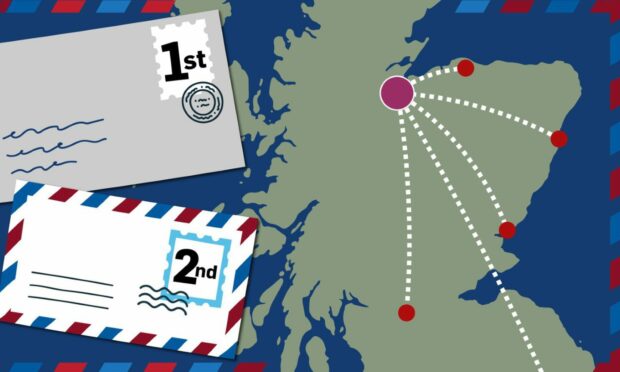
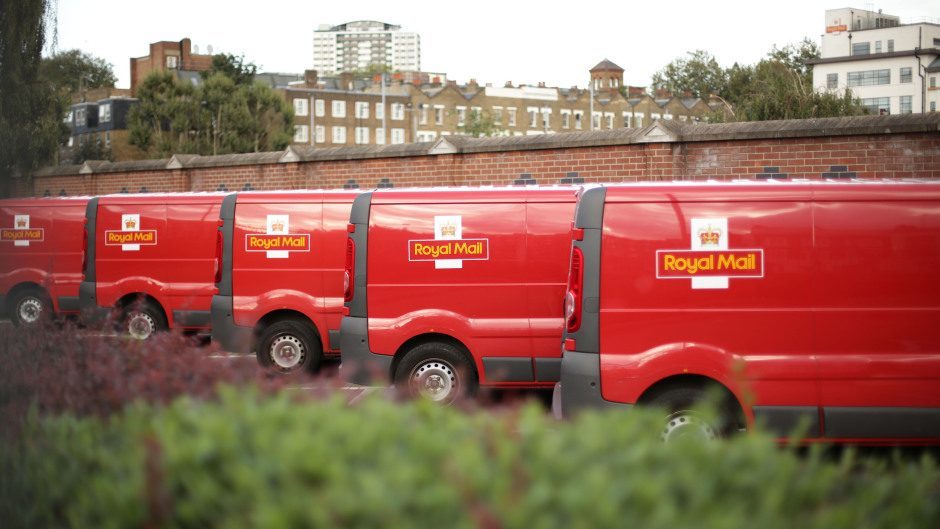
Conversation